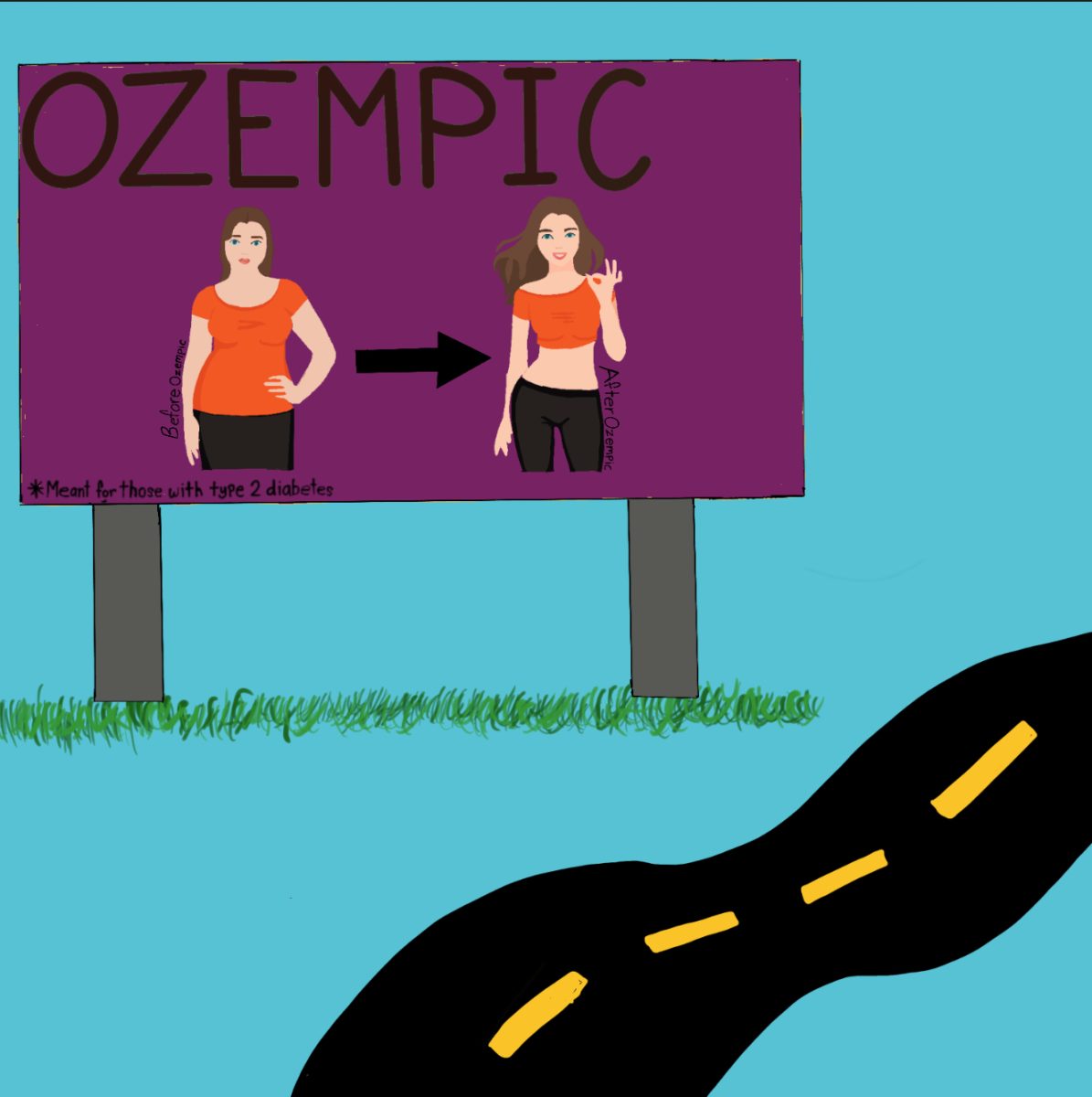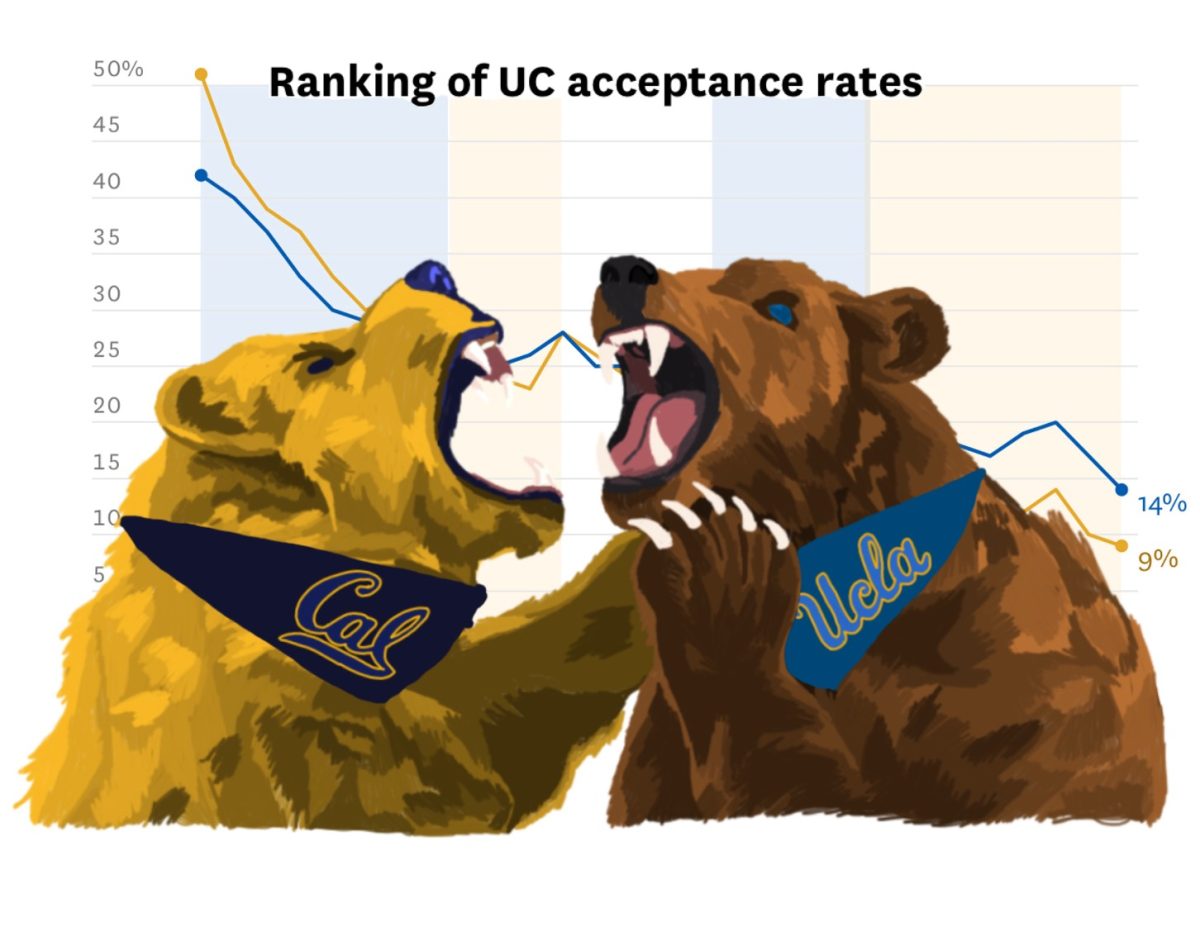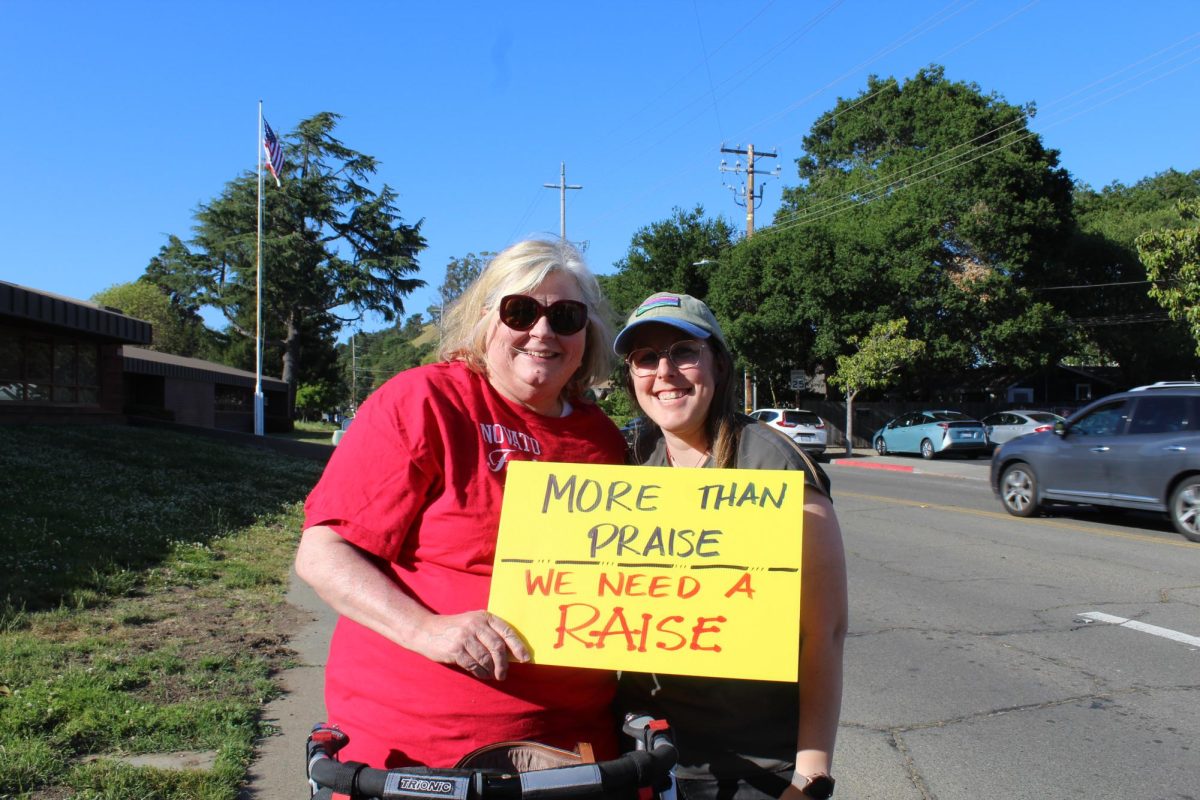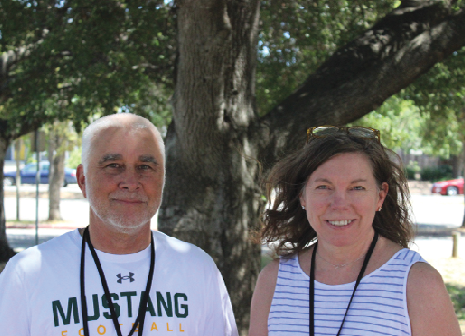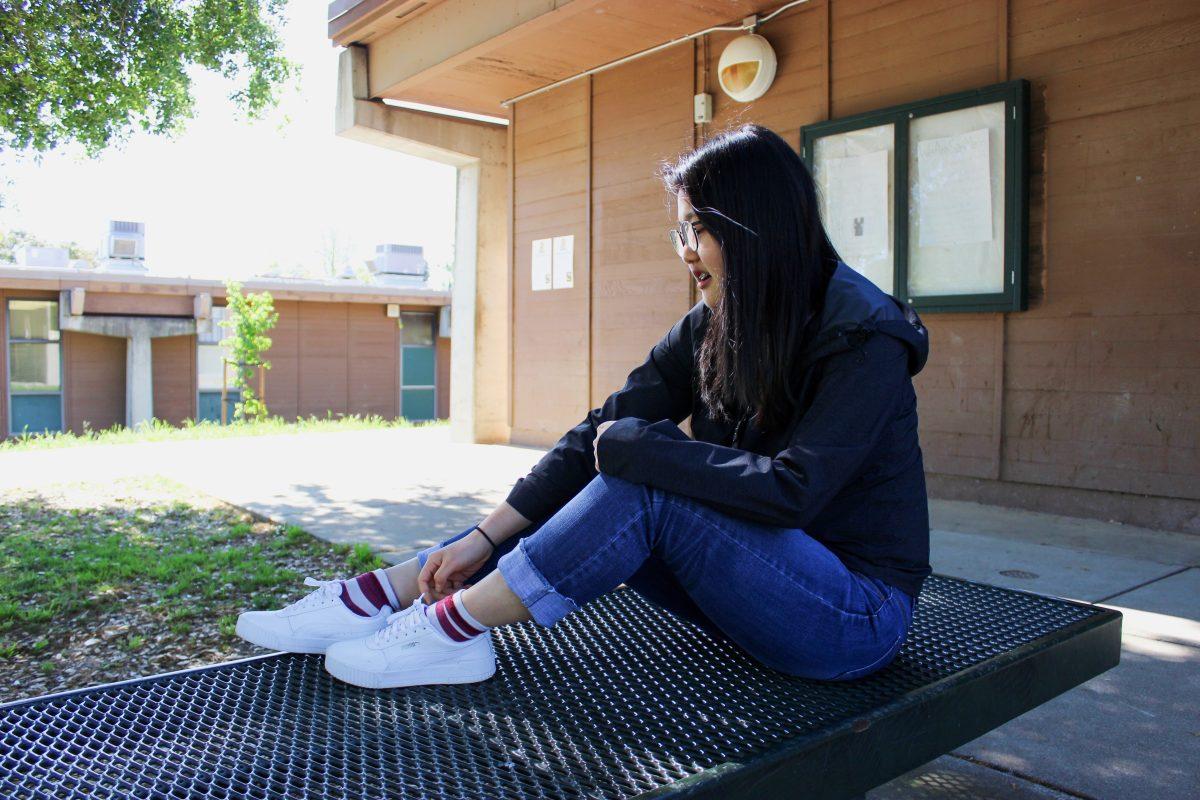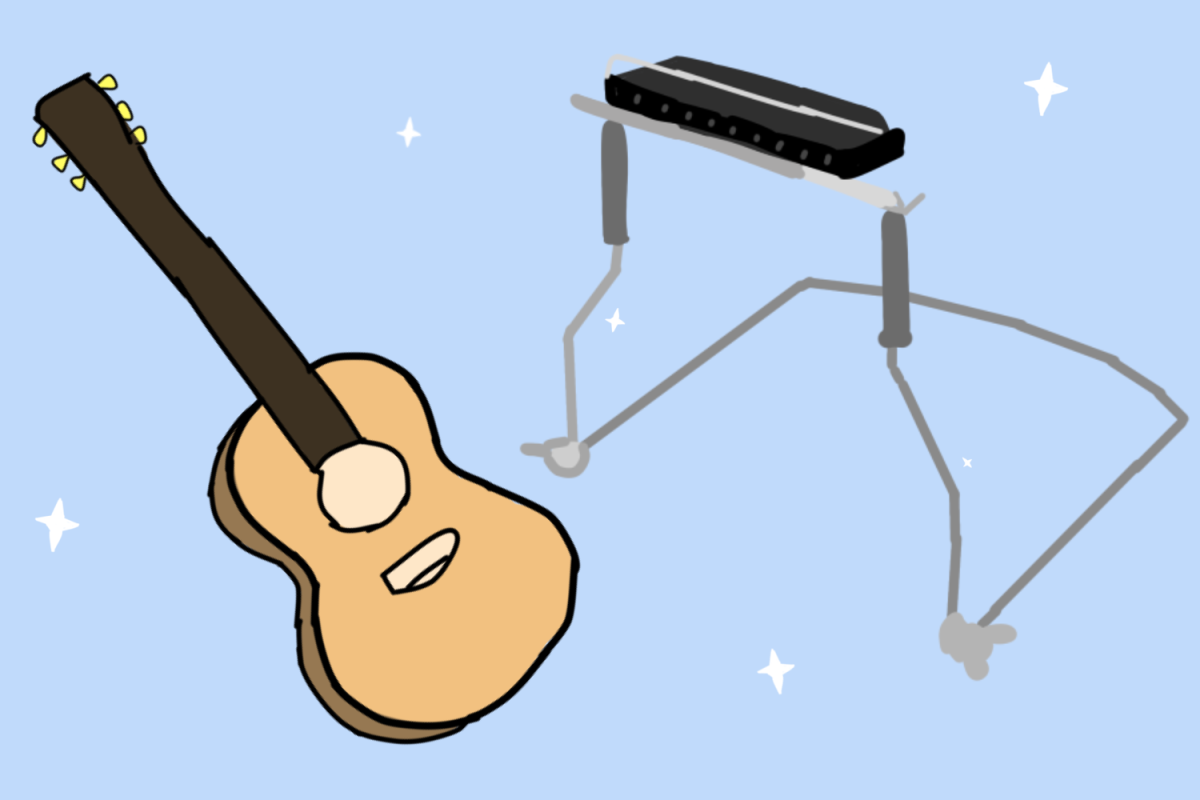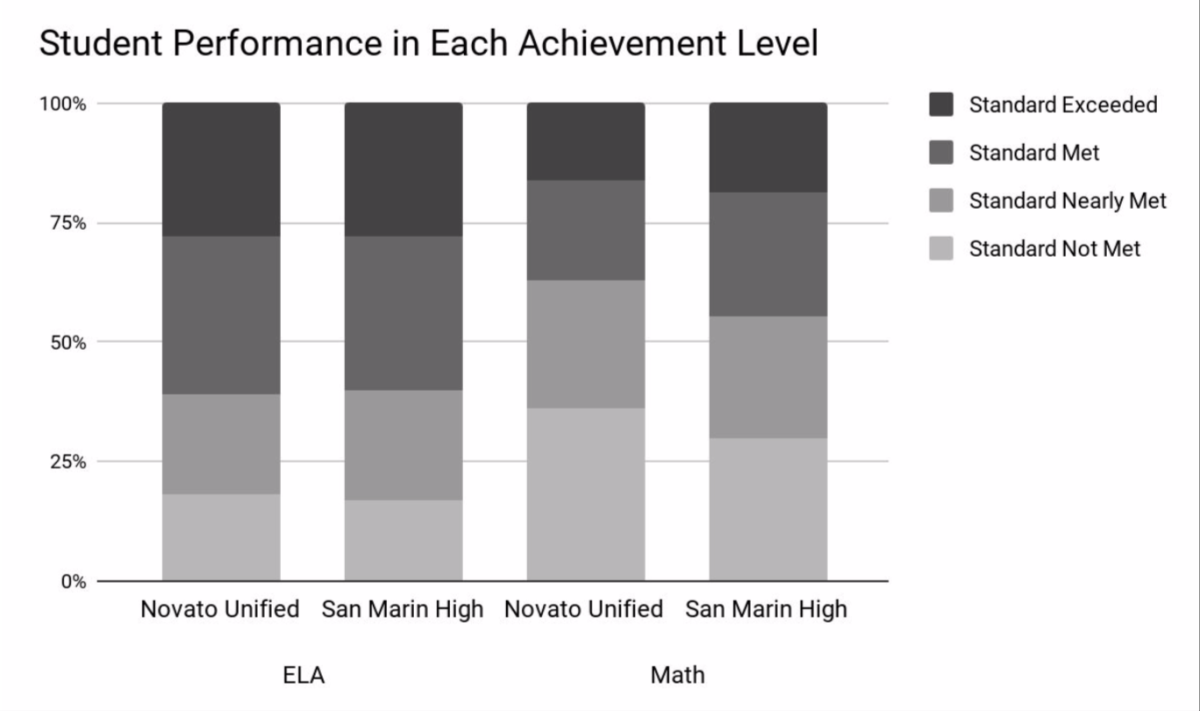San Marin’s California Assessment of Student Performance and Progress (CAASPP) scores dropped from the 2018-19 school year. English Language Arts/Literacy (ELA) scores decreased from 68 percent either having met or exceeded the standard to 60 percent, which, according to Principal Mark Sims, went from the “all-time high to the all-time low.” Mathematics scores decreased from 47 percent either having met or exceeded standard to 45 percent.
The CAASPP System was established in 2014 to replace the previous Standardized Testing and Reporting Program. CAASPP encompasses Smarter Balanced Summative Assessments for ELA and mathematics, which juniors are required to take in the spring. In the ELA section of the assessment, students are tested in four areas: Reading, Writing, Listening and Research/Inquiry. In the math section, students are tested in three areas: Concepts and Procedures, Problem Solving/ Modeling and Data Analysis and Communicating Reason.
CAASPP scores are measured and compared with other schools and districts in California.
“It’s the only mark that we technically [get]— that the public can actually see,” Sims said. “We basically can get judged on our overall student achievement against other schools.”
San Marin’s school profile includes CAASPP scores, SAT/ACT scores, AP test scores, average GPAs, and more. Colleges look at school profiles and use CAASPP as an indicator of how well students are doing compared to other California high schools. Colleges do not look at individual CAASPP scores, counselor Laura Triantafyllos said, but they may accept more students from a school that has higher scores.
The California State University system (CSU) also utilizes CAASPP scores to measure students’ readiness for college-level coursework in English and mathematics.
The scores help place first-time freshmen in the appropriate General Education English and mathematics courses once they enroll at the CSU.
The CSU looks at CAASPP scores to determine English and or mathematics readiness.
Depending on their CAASPP scores, schools may require students to take specialized courses. The CAASPP score recommendations are available on the CSU websites or in the counseling office.
In total, 243 juniors took the CAASPP test. For ELA, 17 percent did not meet standard, 23 percent nearly met standard, 32 percent met standard and 28 percent exceeded standard. For mathematics, 30 percent did not meet standard, 26 percent nearly met standard, 26 percent met standard, and 19 percent exceeded standard.
According to Sims, eight students opted out of the CAASPP test. He believes that if these students did not opt out, CAASPP scores would have been higher.
Senior Moira Aivaliotis was one of the individuals who opted out and thought it would not be beneficial to her.
“We were all focusing on AP tests and we didn’t want to miss our classes that we’re reviewing,” Aivaliotis said.
“We were starting to review for finals, getting into the end of the school year and so, the CAASPP testing was really impractical. It felt like they were pushing us to do it for superficial reasons—for the school to look better—rather than for it to actually benefit the students and help them in the future.”
Aivaliotis said that if San Marin had scheduled CAASPP testing in the mornings before school started and had minimum days like Novato High, then she would have taken the test.
Sims thinks that the low CAASPP scores are due to him giving less attention to the 2018 scores. Instead, he said he focused more on raising AP test scores and participation.
To help raise scores, Sims said that talking to the math and English departments about what students need to be successful is important. He also thinks that students need to improve their attitude and perception towards the test.
“I think it’s the students,” Sims said. “This is one way we’re measured. You spend all your time in class. Have fun, do well. Have a battle mentality and compete. It can only benefit you to do well. It cannot hurt you, but opting out does not help us.”

